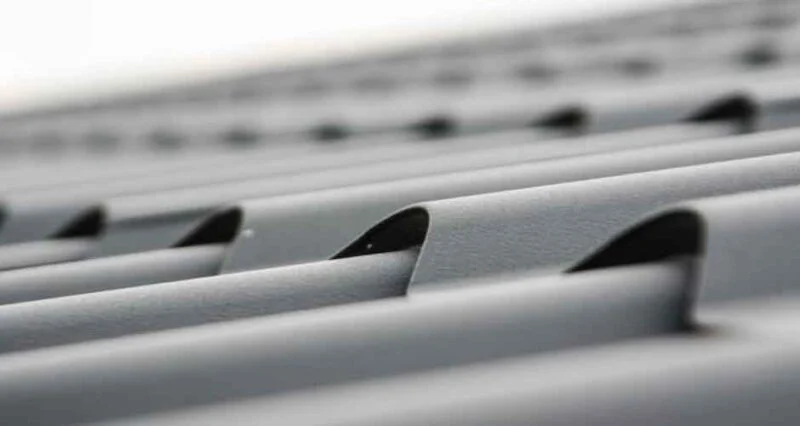
In the picturesque state of Colorado, where the Rocky Mountains meet the expansive sky, homeowners face a unique set of challenges when it comes to maintaining their roofs. The state’s diverse climate, which includes heavy snowfalls in the winter, bright sunny days in the summer, and everything in between, can take a toll on roofing materials. From the majestic peaks of Aspen to the bustling streets of Denver, maintaining a roof in Colorado requires vigilance and an understanding of the specific demands placed on homes by the local weather. Regular maintenance is not just a recommendation; it’s a necessity for protecting one of the most crucial components of your home. As we explore essential roof maintenance tips, it’s important for homeowners across Colorado and beyond to recognize that a well-maintained roof is key to safeguarding their home against the elements, ensuring their comfort, and preserving the value of their investment.
Regular Inspections
The foundation of effective roof maintenance is conducting regular inspections. Ideally, homeowners should inspect their roofs at least twice a year—once in the spring and once in the fall. These inspections can help identify potential problems, such as loose or missing shingles, cracks, or signs of water damage before they escalate. Paying close attention to areas prone to leaks, like around chimneys or in valleys where two roof planes meet, is crucial. Regular inspections allow homeowners to catch minor issues early, potentially saving thousands of dollars in repairs.
Professional Assessments
While personal inspections are valuable, enlisting the help of a professional can provide a more thorough evaluation of your roof’s condition. Professionals have the experience and knowledge to spot problems that may not be obvious to the untrained eye. If you’re unsure where to start, look up the keyword Aurora roofing contractor near me on a search engine and you’ll find a list of reputable professionals like Ladder Legends. A professional assessment can offer peace of mind, ensuring that any underlying issues are identified and addressed promptly.
Cleaning Gutters and Downspouts
Gutters and downspouts play a vital role in directing water away from your roof and foundation. When they become clogged with leaves, twigs, and other debris, they can cause water to back up, potentially leading to roof damage or leaks inside your home. Keeping gutters and downspouts clean is essential, especially after heavy storms or during the fall when trees shed their leaves. Regular cleaning can prevent water damage and extend the life of your roof.
Removing Debris
Debris on your roof, such as branches, leaves, or even trash blown by the wind, can retain moisture and lead to the growth of mold, mildew, or algae. Over time, this can damage roofing materials, reducing their lifespan. After storms or high winds, take the time to safely remove any debris accumulated on your roof. In addition to protecting the roofing material, this practice can prevent pests from nesting on your roof and causing further damage.
Preventing Ice Dams
For homeowners in areas prone to heavy snowfall, preventing ice dams is a critical aspect of roof maintenance. Ice dams form when heat from the attic causes snow on the roof to melt, and the water then refreezes at the roof’s edge, creating a dam that prevents proper drainage. Additionally, consider installing heat tape along the roof’s edge to promote melting and drainage.
Checking for Moss and Algae
Moss and algae are not just cosmetic issues; they can cause significant damage to roofing materials over time. Moss, in particular, can retain moisture against the roof surface, leading to rot and deterioration of shingles. Homeowners should regularly check for the presence of moss and algae, especially in shaded areas that may stay damp. There are eco-friendly solutions and products available that can effectively remove these growths without damaging the roofing material. Preventive measures, such as trimming overhanging tree branches to reduce shade and improve airflow, can also help minimize their growth.
Repairing Damaged Shingles
Shingles form the outermost layer of protection for your home and can be damaged by severe weather, falling debris, or simple wear and tear over time. Regularly inspecting your shingles for signs of damage, such as cracking, curling, or missing granules, is essential. If you notice any damaged or missing shingles, it’s important to repair or replace them promptly to prevent water from infiltrating the underlayment and causing more extensive damage. For extensive repairs, consulting with a roofing professional is advisable to ensure the job is done correctly.
Ensuring Proper Ventilation
Proper ventilation in your attic and roof is crucial to prevent heat and moisture buildup, which can lead to ice dams, mold, and reduced insulation effectiveness. Good ventilation helps regulate the temperature and moisture levels in the attic, extending the life of your roof and making your home more energy-efficient. Homeowners should check that their attic vents are not blocked by insulation or other debris and consider adding additional vents if necessary to improve airflow.
Sealing Flashings
Flashings are metal strips installed at roof joints, around chimneys, vent pipes, and other areas prone to leaking. Over time, flashings can become loose, corroded, or damaged, allowing water to enter the home. Regularly inspecting and sealing these flashings can prevent water damage and costly repairs. Homeowners can use roofing cement or caulk to seal small gaps or cracks, but significant damage may require professional repair or replacement.
Addressing Tree Hazards
Trees can pose several risks to your roof, including physical damage from falling branches and restricted airflow and sunlight due to overhanging limbs. Regularly trimming trees near your home can reduce these risks, preventing damage and promoting a healthier roof. It’s also important to remove any trees that are dead or diseased, as they pose a significant risk of falling during storms.
Conclusion
Maintaining the roof of your home is an ongoing responsibility that requires attention to detail and proactive measures. From addressing moss and algae growth to ensuring proper ventilation and sealing flashings, each step plays a crucial role in protecting your home from the elements and extending the life of your roof. Regular inspections, both personal and professional, are key to identifying potential issues before they become major problems. By adopting these maintenance tips, homeowners can enjoy the peace of mind that comes with knowing their home is well-protected, ensuring their roof remains strong and functional for years to come.

